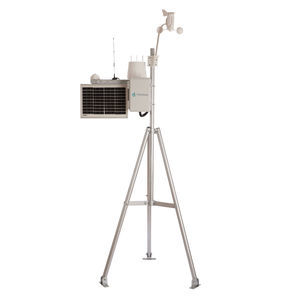
- Farm Management
- Measuring instrument
- Leaf analyzer
- Topraq Agro Technologies

- Products
- Catalogs
- News & Trends
- Exhibitions
Leaf analyzer YAPRAQnutrient contentelectrical conductivitypH
Add to favorites
Compare this product
fo_shop_gate_exact_title
Characteristics
- Analyzed product
- leaf
- Measured value
- pH, nutrient content, electrical conductivity
Description
Boost efficiency and quality, minimize fertilizer, and maximize profitability
Yapraq seamlessly incorporates essential information regarding nutrient levels within plant sap,
the present nutritional status of plants, and field-specific details. Using Artificial Intelligence and Algorithms, this information is processed to deliver accurate insights and personalized nutrition recommendations tailored to specific fields.
What is Plant Sap Analysis
What is Plant Sap Analysis?
Plant sap analysis is a method used to evaluate the nutritional status, health, and development of plants. By analyzing plant sap in a leaf analysis laboratory, it is possible to identify nutrient deficiencies, detect the presence of diseases or pests, and assess overall plant health. Based on the results, tailored fertilization and care programs are recommended, enhancing plant productivity and health.
How is Plant Sap Analysis Conducted
How is Plant Sap Analysis Conducted?
Here are the steps for conducting plant sap analysis:
Sample Collection: Carefully selected leaves are collected from the plant.
Sap Extraction: Sap is extracted from the samples using specialized techniques.
Chemical Analysis: The sap is analyzed for up to 23 nutrients, such as nitrogen, phosphorus, potassium, calcium, and magnesium.
Physical Analysis: Parameters like pH and electrical conductivity (EC) are measured.
Data Analysis and Reporting: A detailed report on the plant’s health, nutrient levels, and recommendations for care is prepared.
*Prices are pre-tax. They exclude delivery charges and customs duties and do not include additional charges for installation or activation options. Prices are indicative only and may vary by country, with changes to the cost of raw materials and exchange rates.



